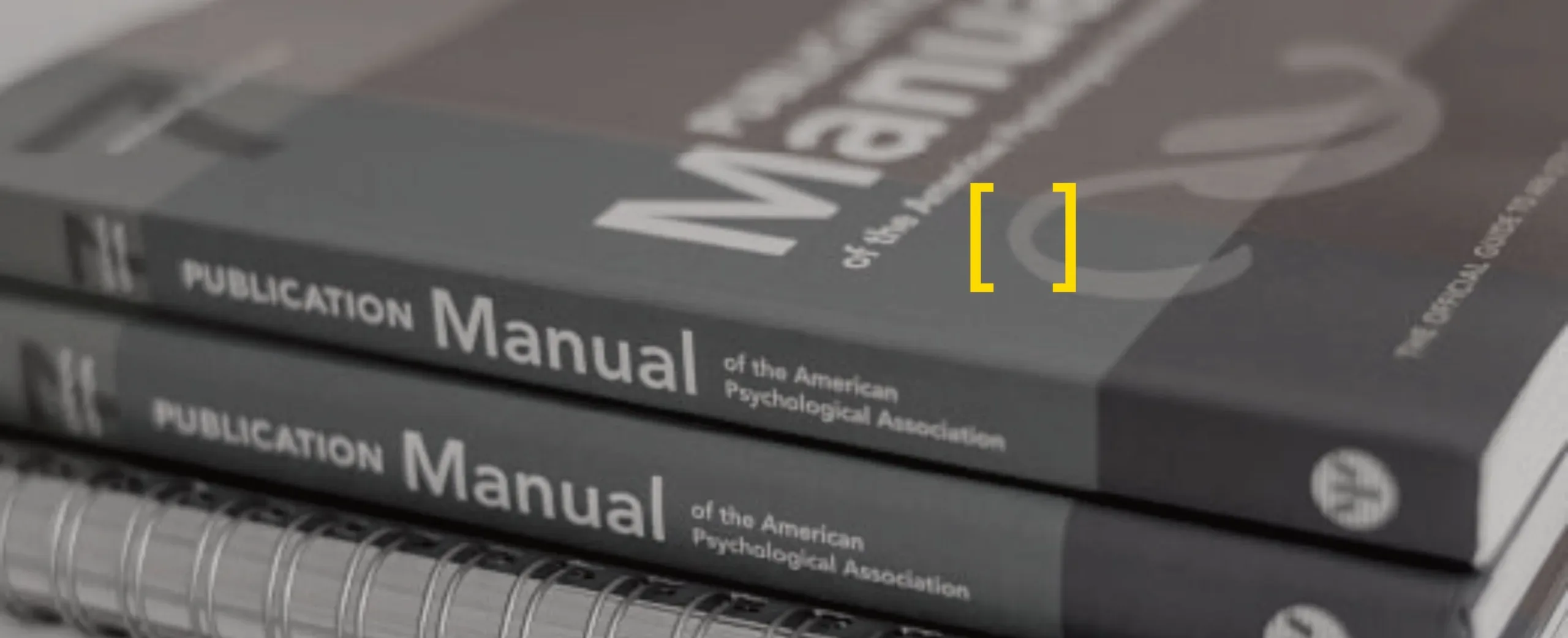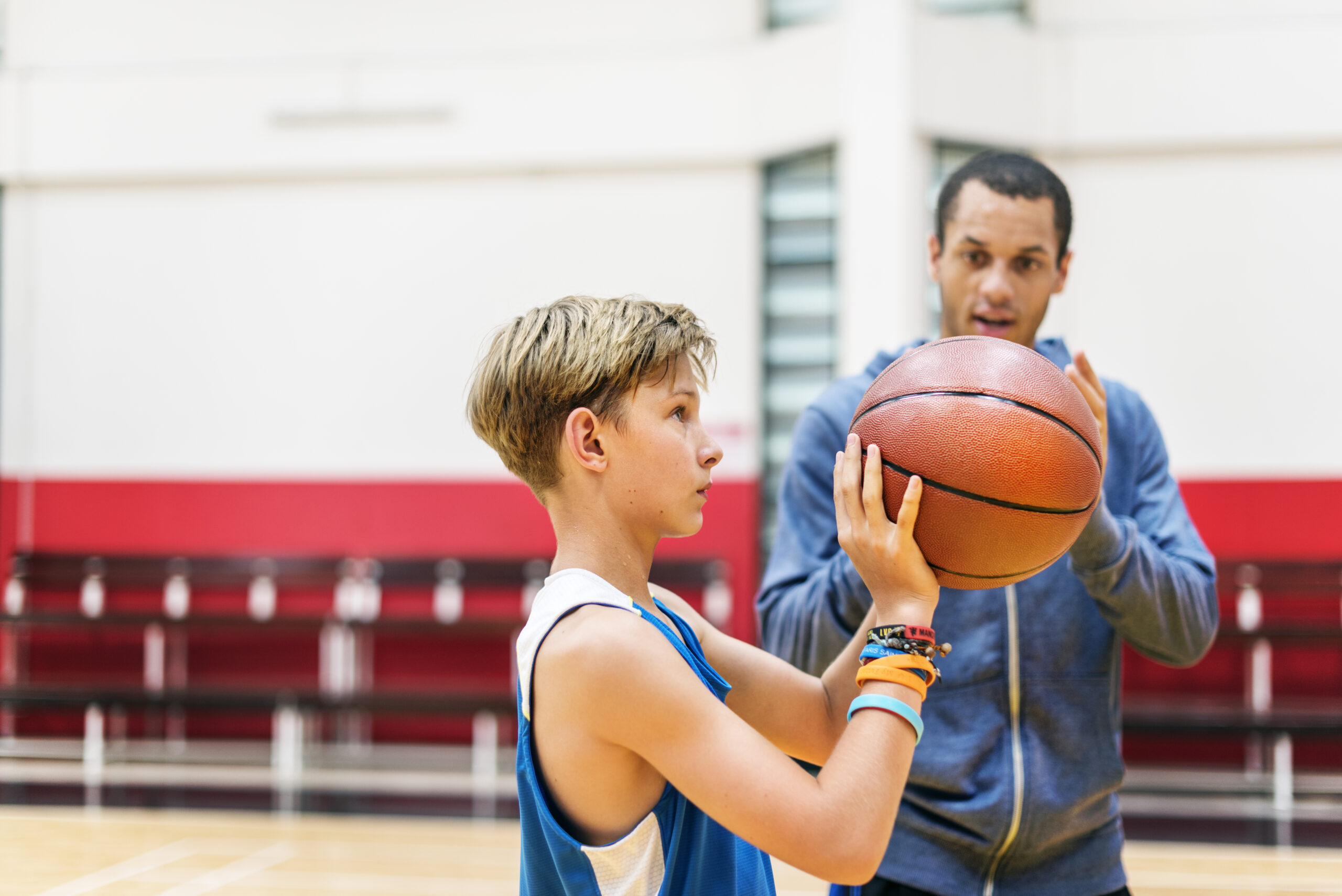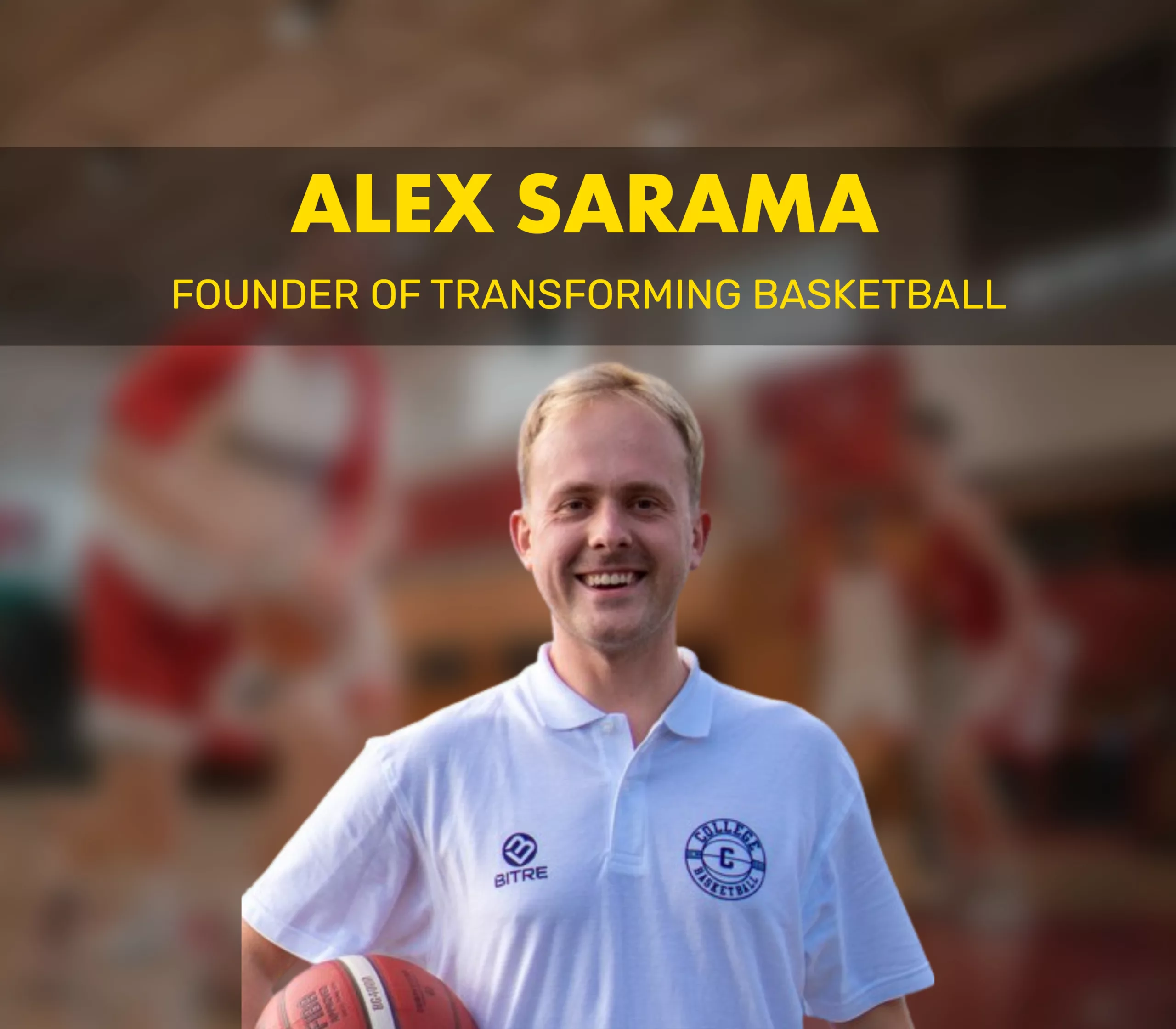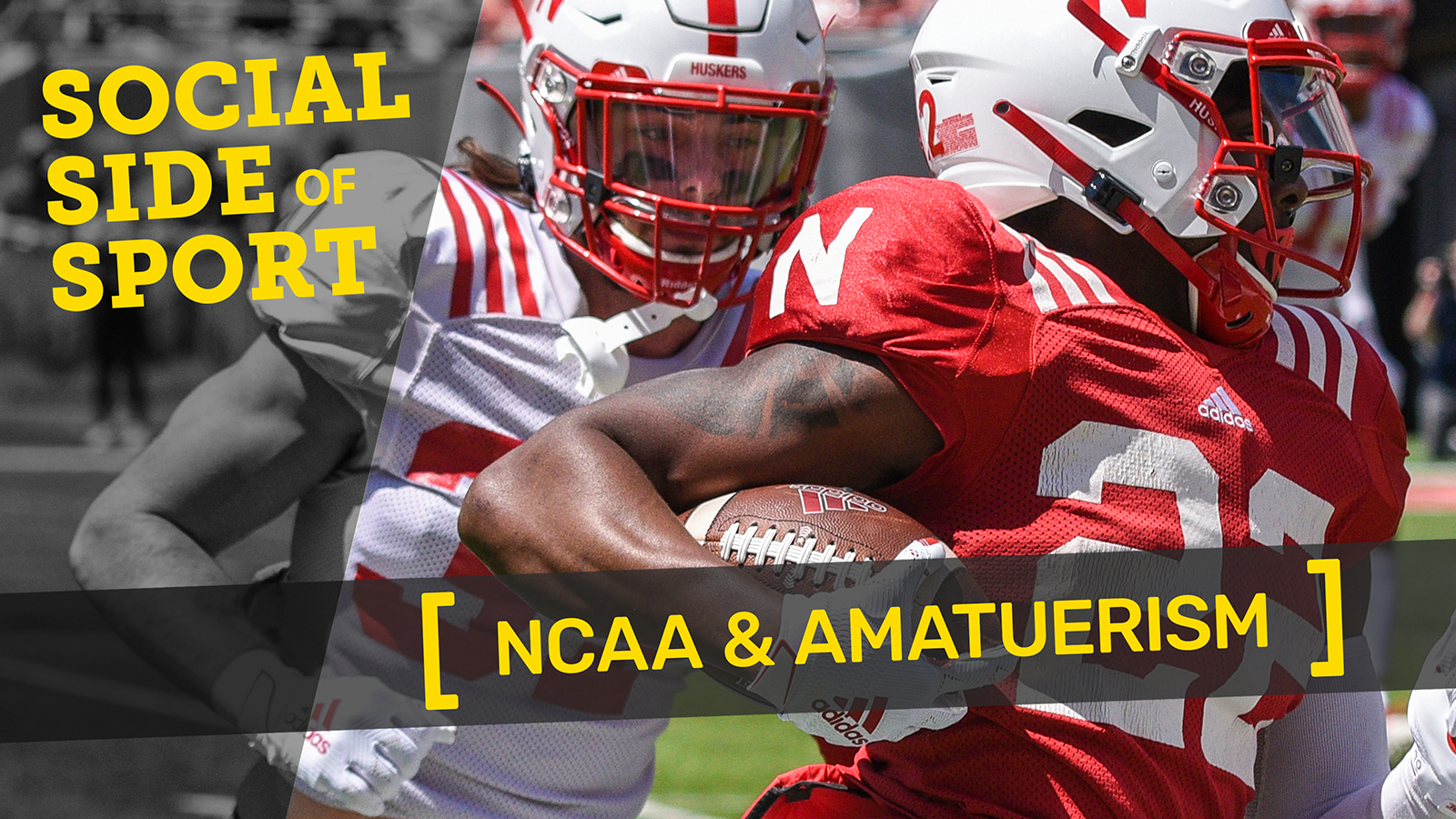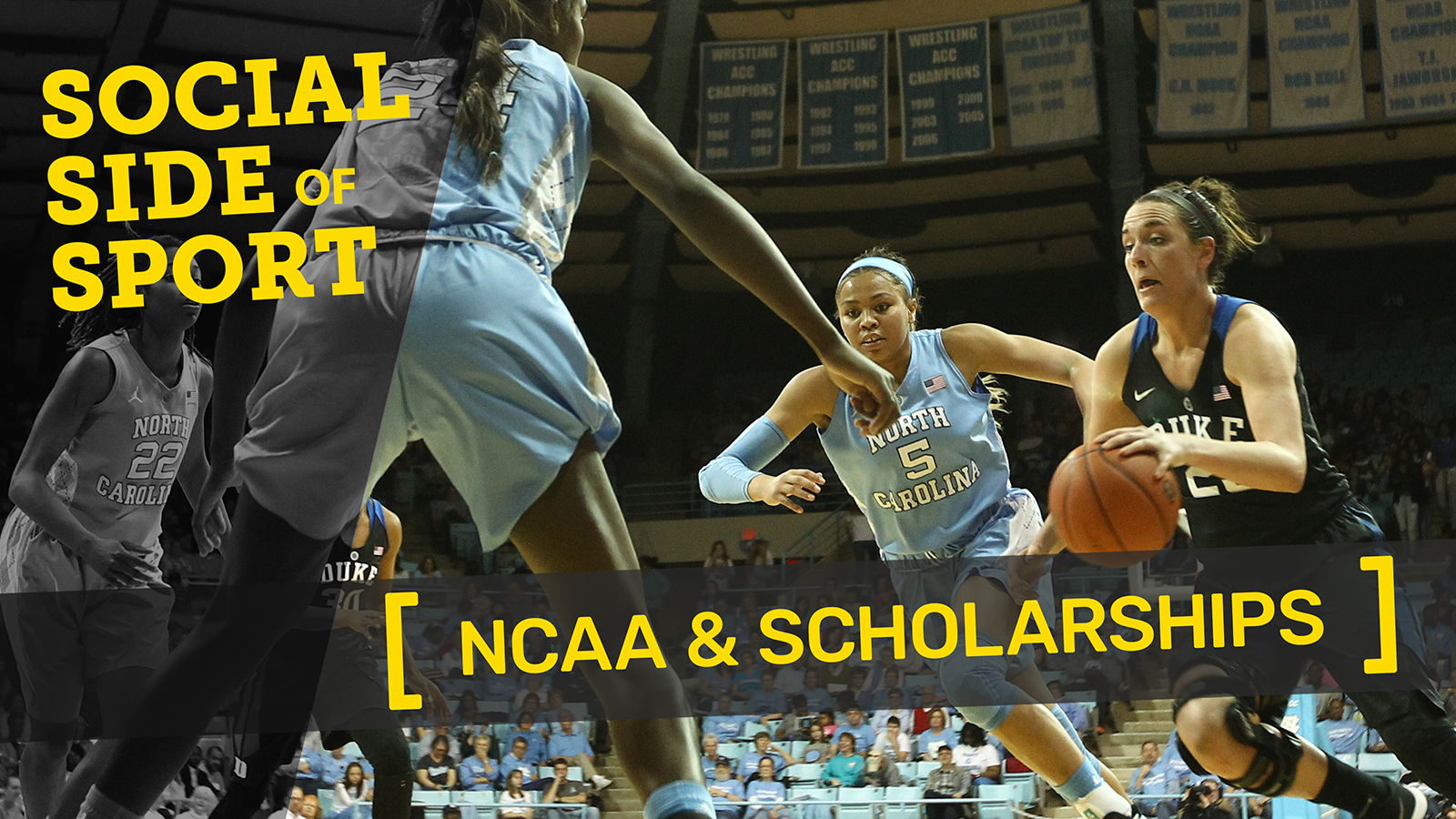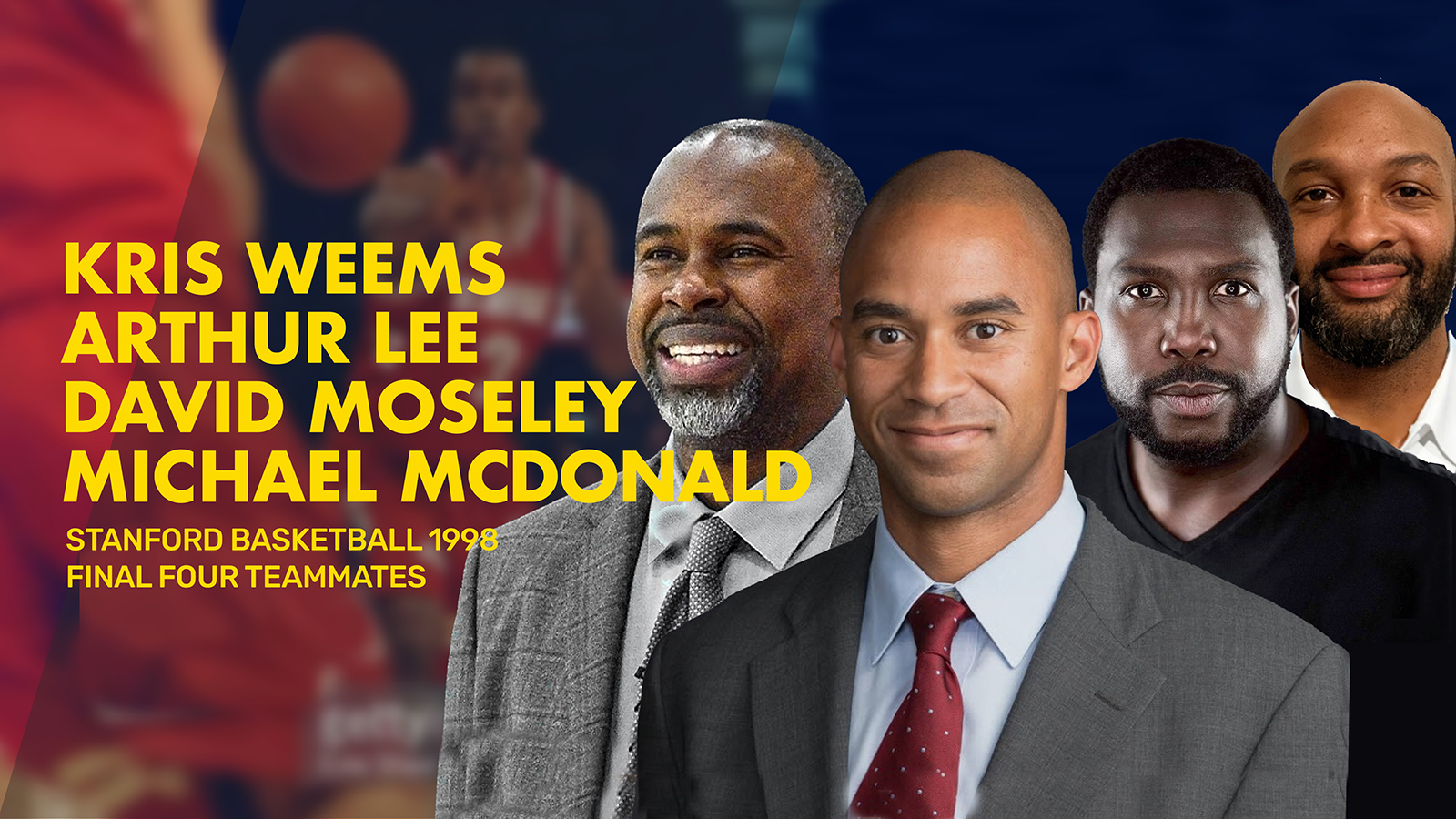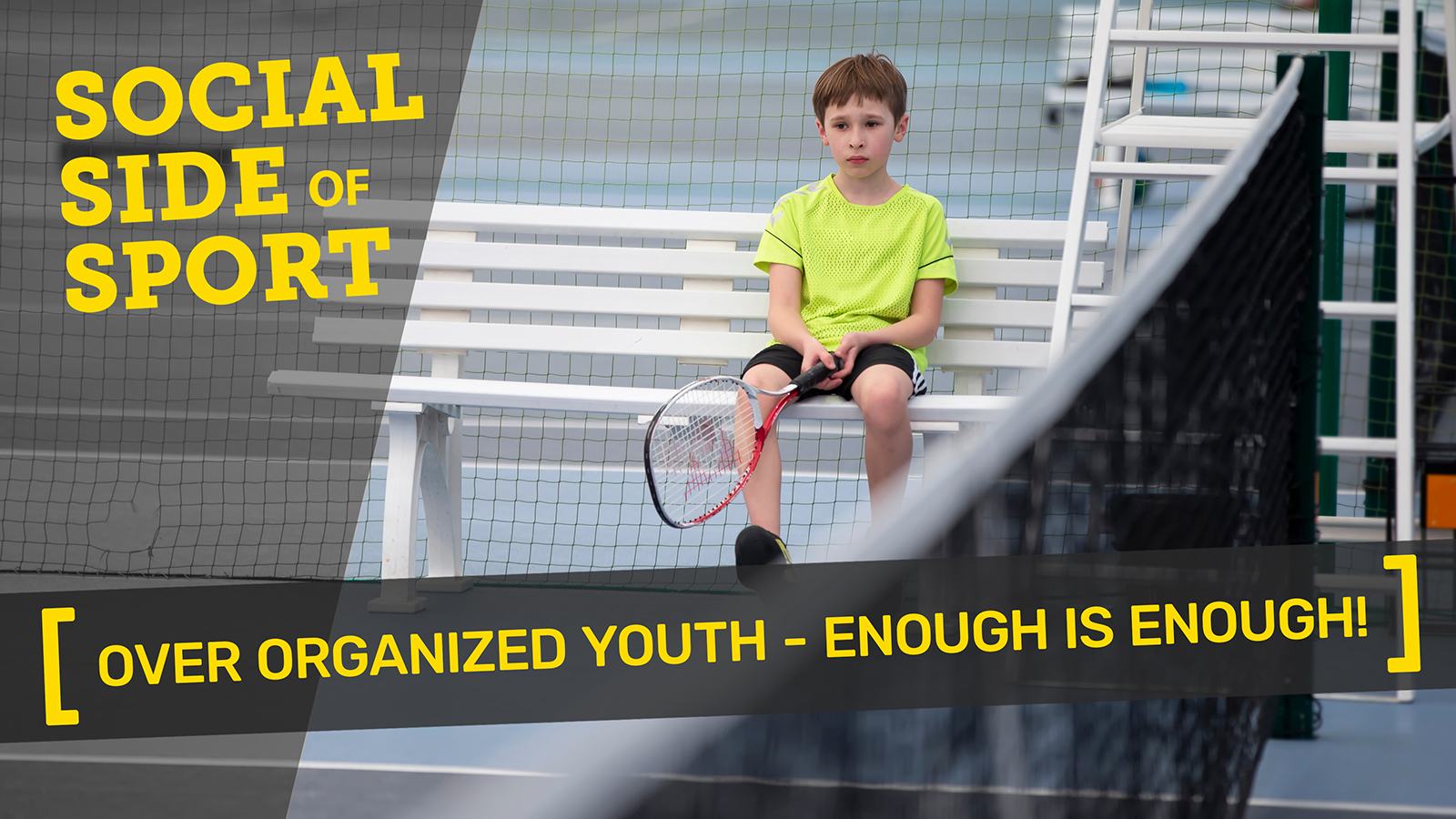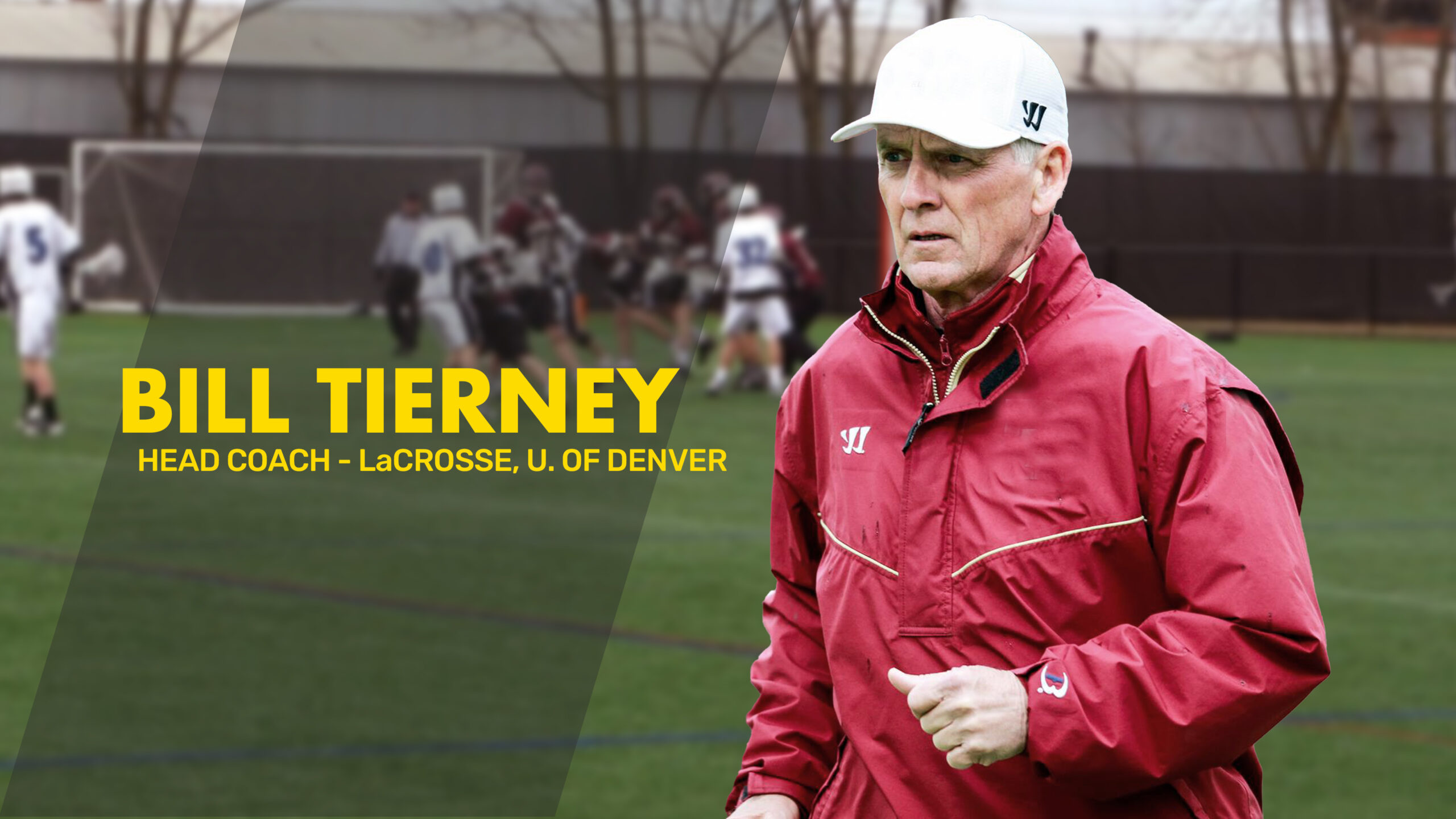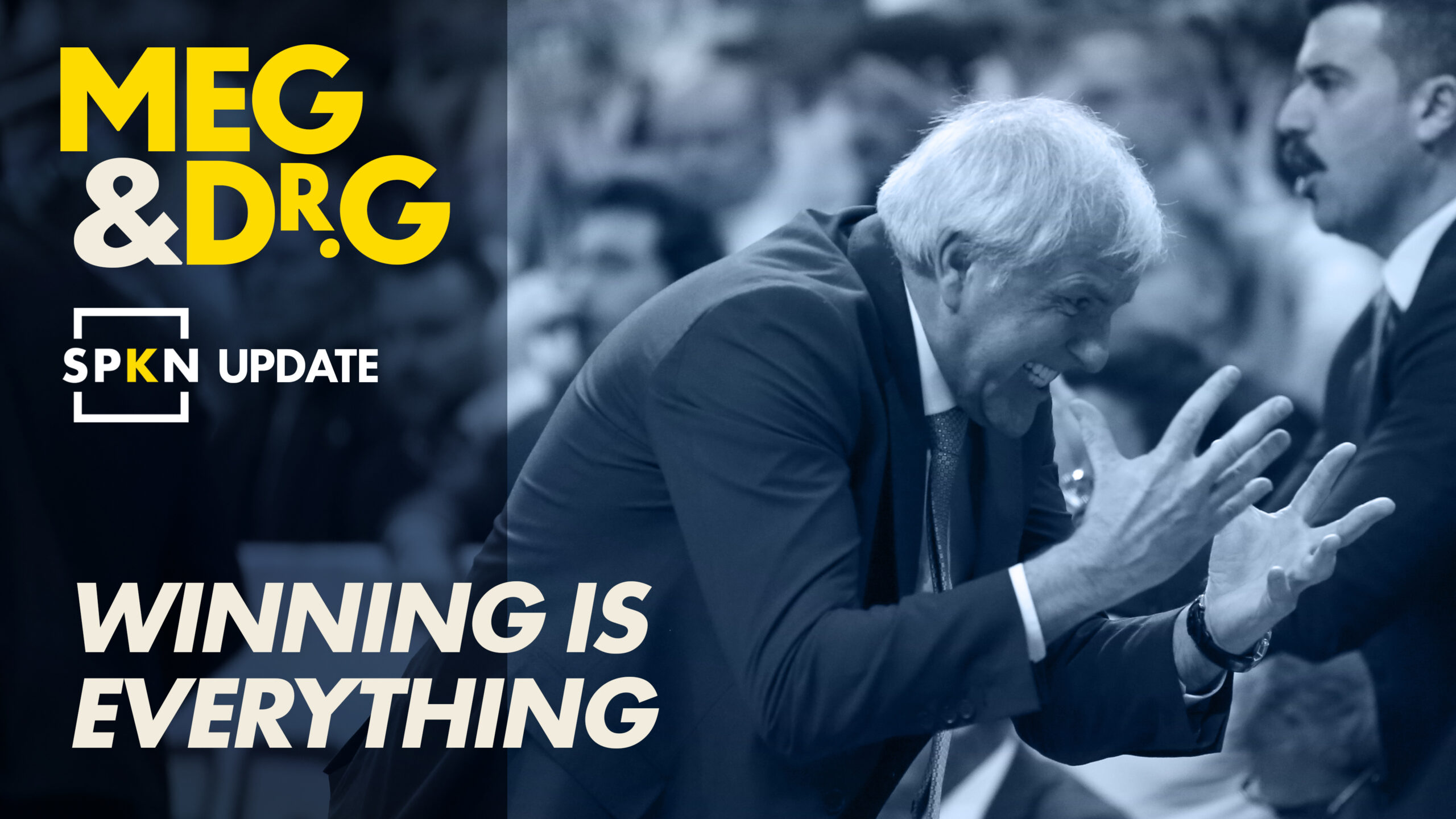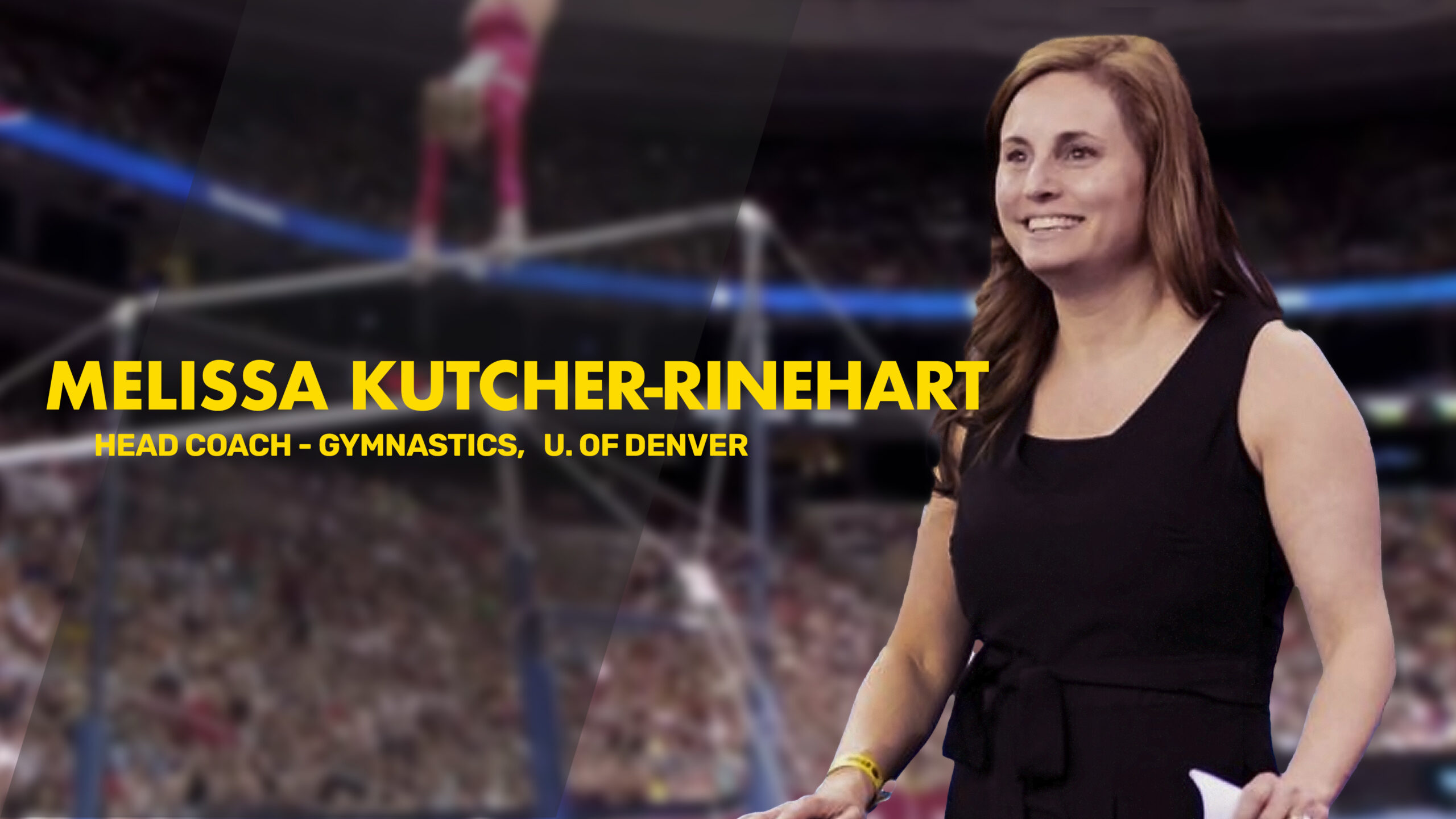Constraints Led Approach (CLA)
CLA is an innovative approach to coaching that emphasizes the role of constraints in shaping an athlete’s performance. Constraints can be seen as boundaries or rules that limit the possible actions of an athlete. They can originate from the athlete (individual constraints), the environment, or the specific task at hand. These constraints interact with each other, guiding the athlete’s movement patterns and decision-making processes.
Framework to explain how coordination emerges under constraints (Individual, task, environment) that operate under differing time scales. (Newell, 1986)
Task Constraints: Specific to the task being performed. They are related to the goal of the task and the rules governing the task. They are not physical; rather they are implied constraints or requirements which must be met within some tolerance range in order for the movement to produce a successful action. (Glazier, 2015. Towards a Grand Unified Theory of Sports Performance)
Individual (Organismic) Constraints: Reside in the individual movement system including those of physically, physiologically, morphologically and psychologically. (Glazier, 2015. Towards a Grand Unified Theory of Sports Performance)
Environmental Constraints: External to the movement system. They tend to be non-specific that pertain to the spatial and temporal layout of the surrounding world that continually act on the movement system ie playing surface, weather, ambient light, crowd noise, temperature. (Glazier, 2015. Towards a Grand Unified Theory of Sports Performance)
Task constraints are easiest to manipulate and can be accomplished by constraining time, space, number of athletes, starting positions, stances, angles, etc. The video below shows how these variables can be manipulated every single rep.
Individual constraints are typically manipulated over longer times scales as physically, physiologically, morphologically and psychologically changes typically take time. But instructions and verbal cues can acutely constrain the individual and their attentional focus.
Environmental constraints are also much harder to manipulate, but simple ways would be to practice/train on various surfaces (especially those similar to be seen in sport), schedule training/practice as various times (especially times similar to competition), train/practice in various weather conditions, etc.
Gray, J. A., Walker, A., Zimmerman, S., & Dickson, J. (2022). Leadership-Focused Coaching in Action: An Approach to Continuous Improvement and Supporting Public Schools. International Journal of Education Policy and Leadership, 18(1), 66-80.
Bernstein, N.A. (1967) The Co-Ordination and Regulation of Movements. Pergamon Press, Oxford

